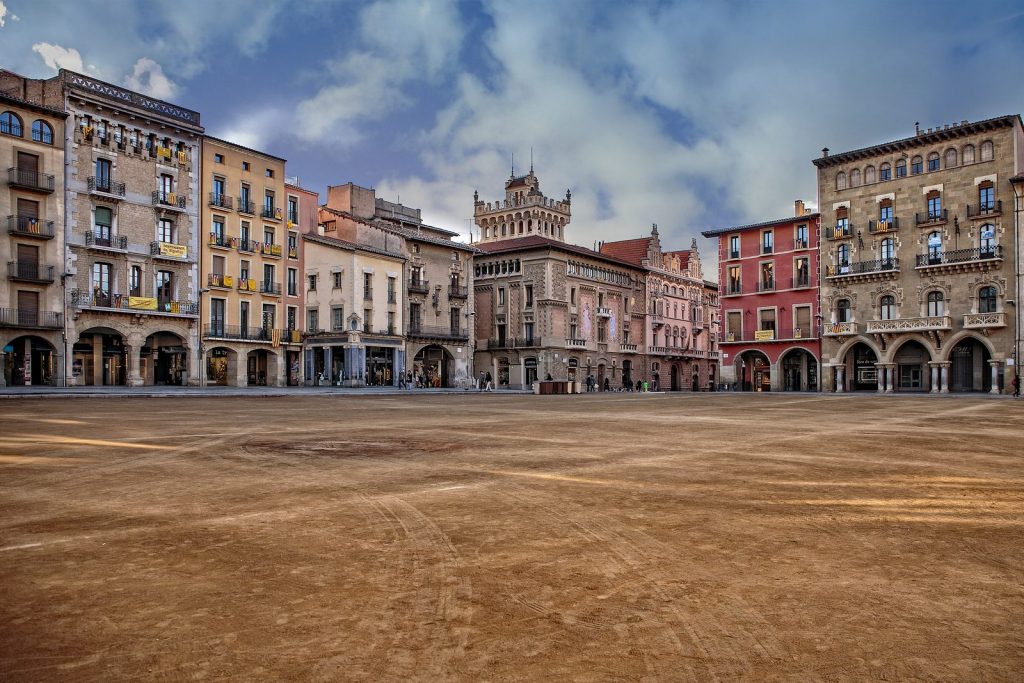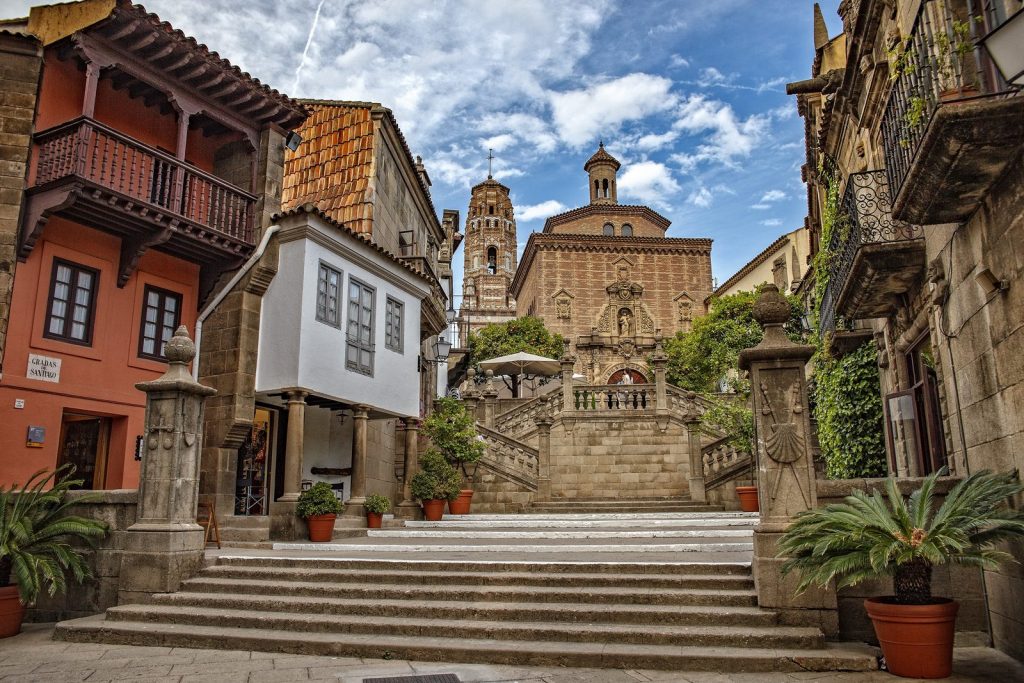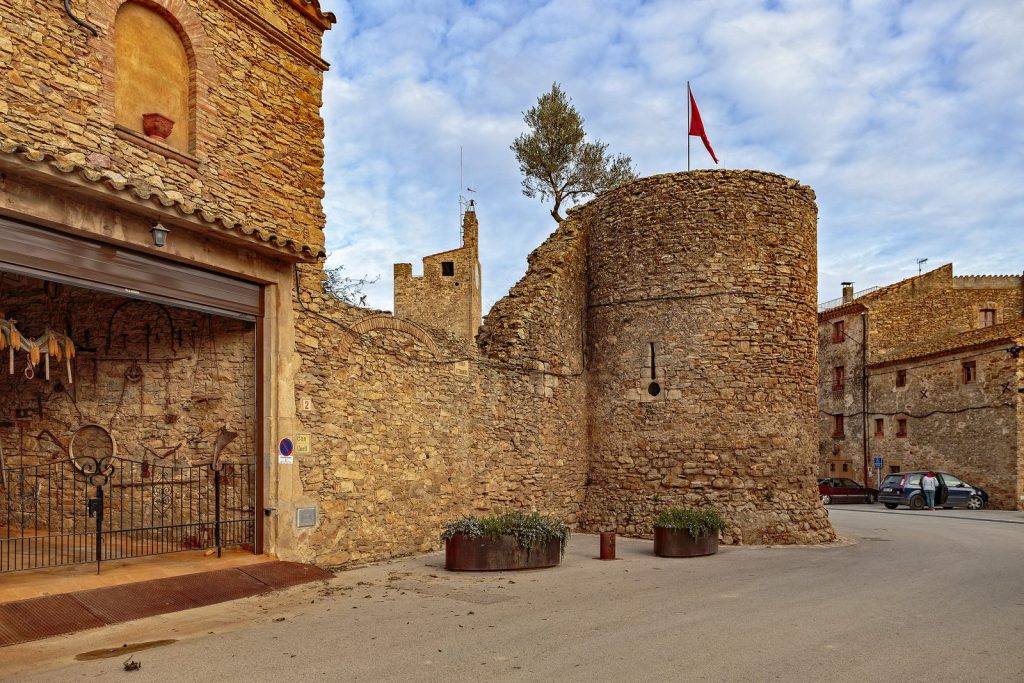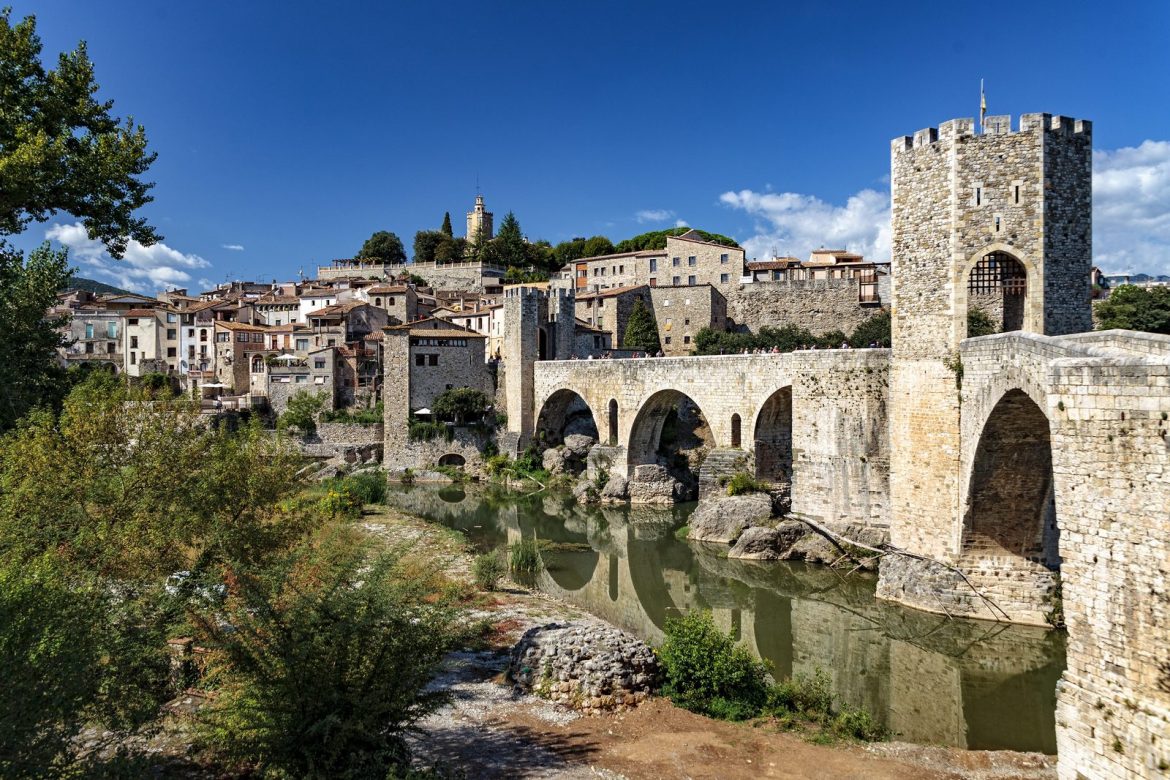
News

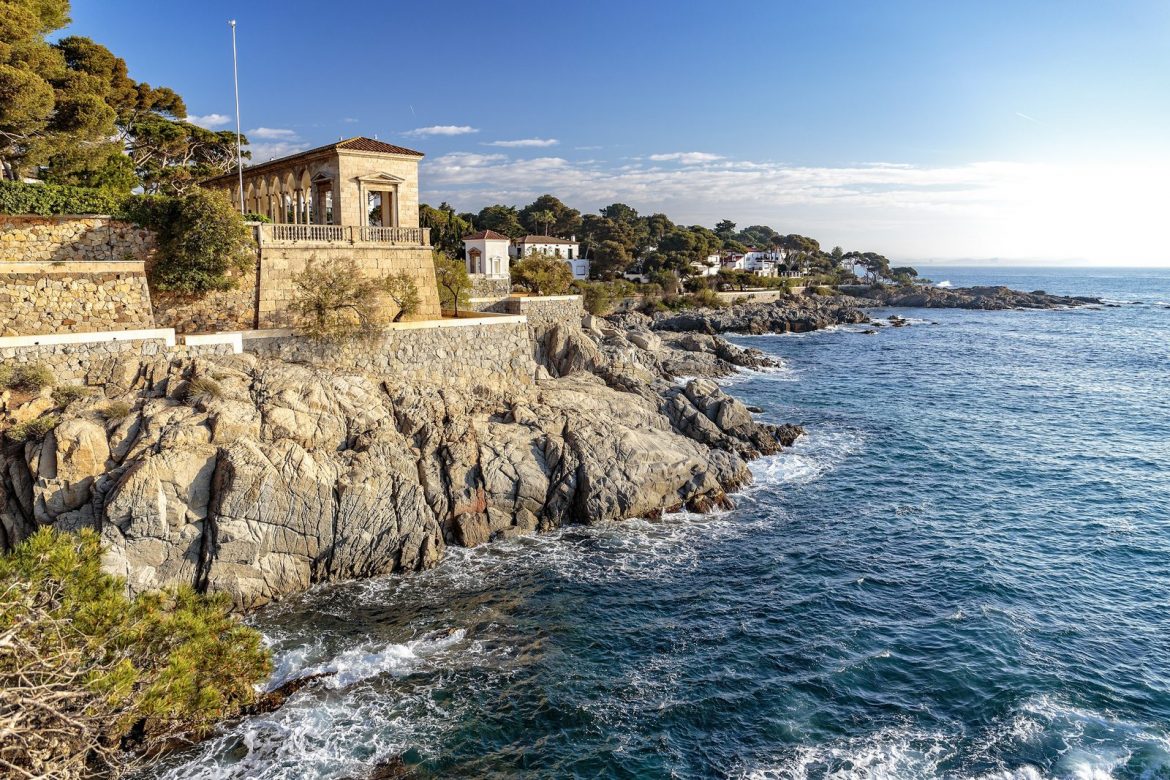
We invite you to stroll along Camino de Ronda in S’Agaro – without exaggeration, the most beautiful hiking trail of the Costa Brava. It passes along the seashore around the elite residential complex S’Agaro Vell and famous hotel Hostal de la Gavina.
The first houses in the prestigious urbanization S’Agaro were erected from 1922 to 1924. Around the same time began the construction of a wonderful walking trail along the seashore. The Hostal de la Gavina opened its doors to visitors in 1932. Since then, the stream of people eager to relax here has not dried up year after year; and it is very, very prestigious to own an expensive real estate in Sagaro – you can easily meet one of the celebrities during a walk here…
Our path will take you from San Pol beach to Sa Conca beach, the path is very comfortable for walking, rather wide and level, which lovers of a healthy lifestyle enjoy with pleasure – along the way you will meet many runners and walkers😊. The length of the route is 1 km 800 m in one direction, but you still won’t be able to quickly get through – the breathtaking landscapes of rocky shores in combination with the azure color of sea water in countless bays and year-round fresh green Mediterranean pines leave no one indifferent, the best selfies are guaranteed! And if you’re lucky – you can see squirrels, which are found here in abundance …
Read more
In the town of Hostalric, famous for its fortress, located on a hill near the AP-7 highway, the annual medieval fair (Fira Medieval de Hostalric) was held from April 3 to 5, 2015. This year it was celebrated for the 19th time.
As it usually happens, the holiday program is quite diverse; various presentations often take place in different parts of the city and in the fortresses, often at the same time. Therefore it is difficult to decide where to run in the first place. This time we were lucky enough to watch archery competitions and knightly battles in a serf ditch. Also we had a chance to participate in preparation and painting of knight shields.
A short photo report about Medieval Fair 2015 in Hostalric can be viewed at the link.
Vic – one of the oldest cities in Catalonia, the first mention of it dates from the III century BC (!); at that time it was one of the most developed cities of the Iberian Peninsula. The city lies in a valley, sandwiched by mountains from all sides, which is why it has its own unique microclimate.
Today, Vic is famous for its sausages and rich historical heritage. Among the sights it is worth mentioning the famous market square, the 45-meter-high bell tower of the impressive Cathedral, as well as the famous Romanesque bridge across the Meder River.
A photo report about our visit to Vic with a short story about the history of the city can be viewed at the link.
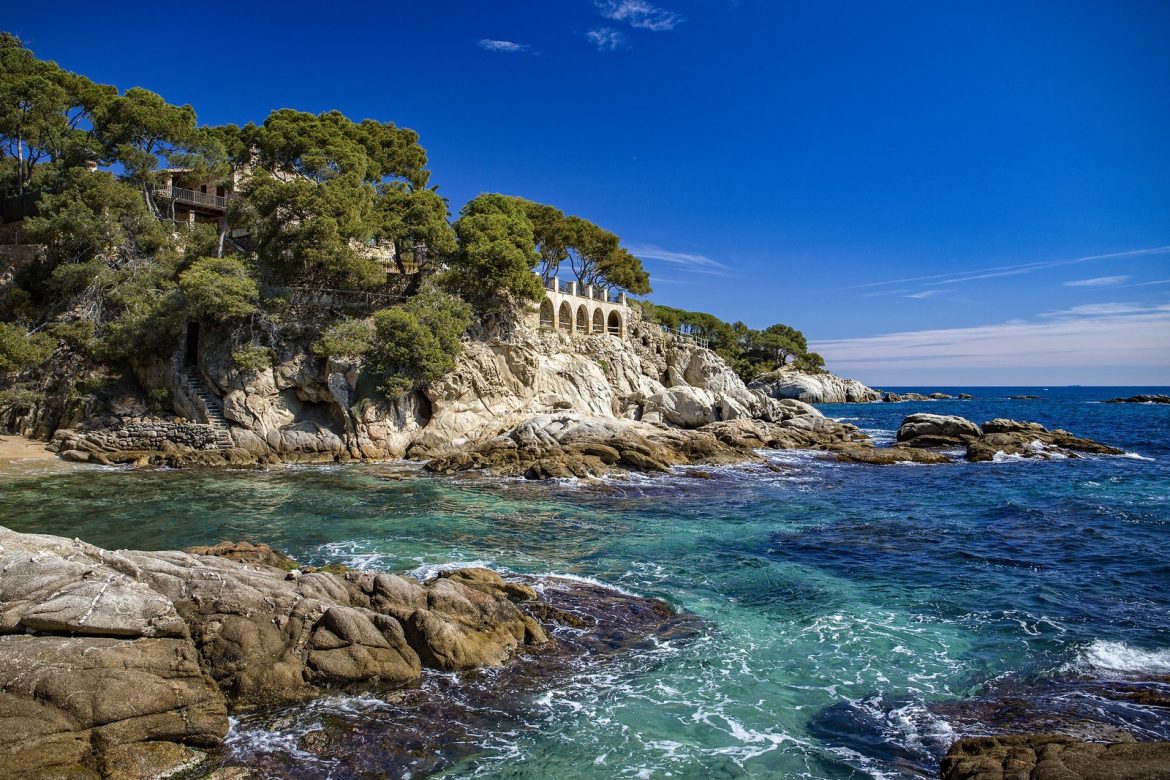
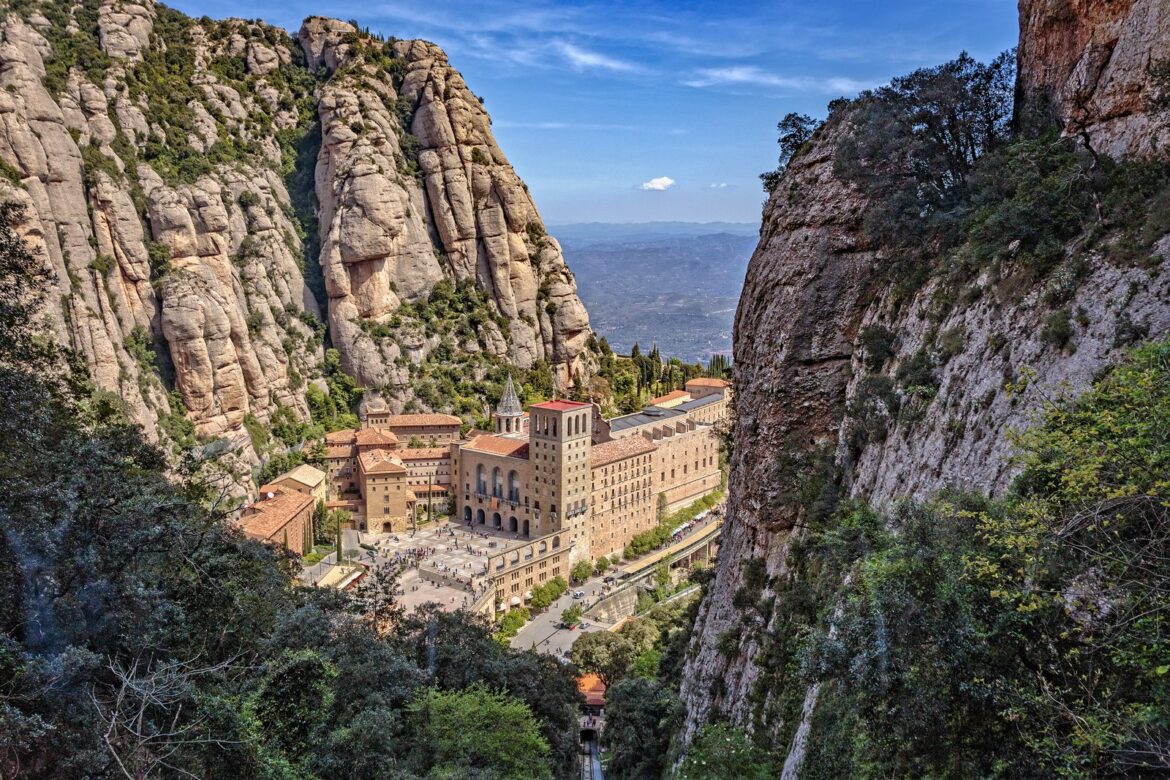
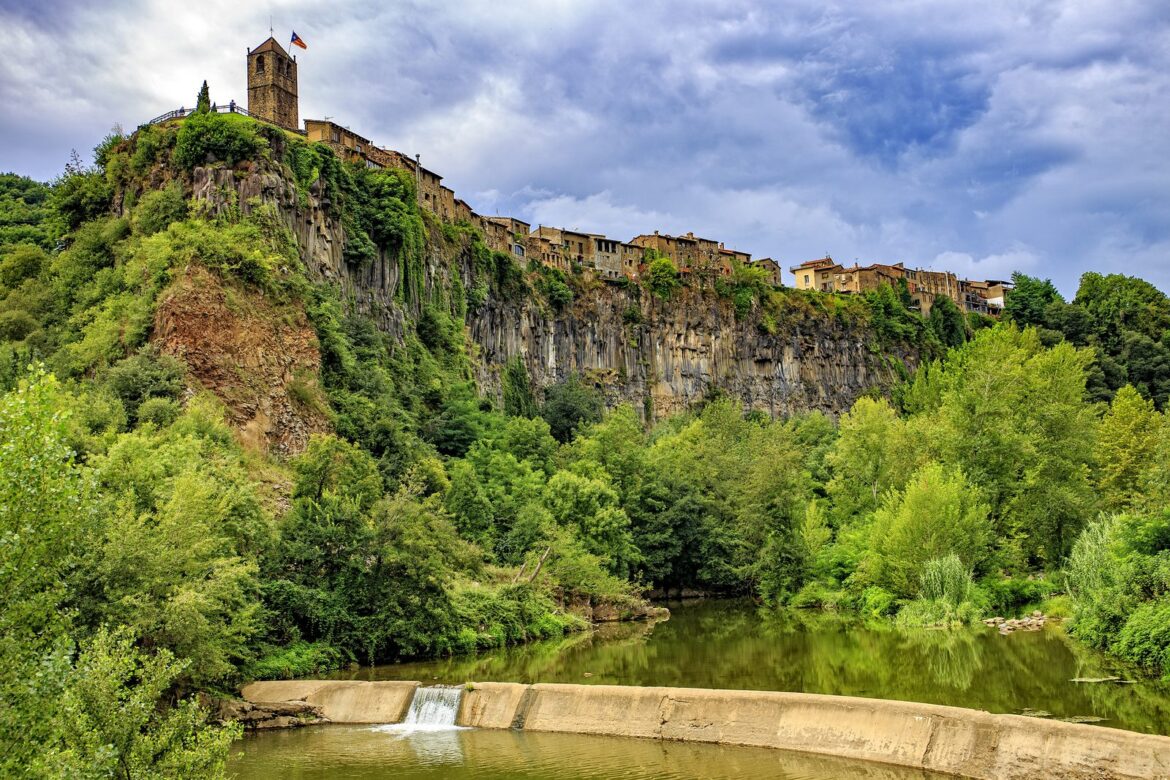
If you drive along the A26 highway from Besalu to Olot, then on the right side of the viaduct there is a breathtaking view of the small town located at the very edge of the high cliff – Castellfollit de la Roca. “Small” is even loudly said. According to official figures, the city is on the list of the smallest settlements in Spain with an area of less than 1 square kilometer. According to this parameter, it is the smallest in our province of Girona, and the second among the smallest in all of Catalonia. The city is not young, the first mentions are dated by the XI century.
Basalt rock, on which Castellfollit is located – of volcanic origin; moreover, in the process of tectonic shifts, it turned over and was squeezed out of the earth’s crust upside down. At the foot of the cliff, two streams converge – Fluvia and Turonell. Knowledgeable people say say that in this place there is a serious intersection of the magnetic field lines of the earth, so the place posesses a tremendous energy. So do not miss your chance to splash in the stream of a mountain river, open the chakras and cleanse karma😊.
We invite you to a small virtual walk around the city with us.
Read more
The famous Spanish Village (Poble Espanyol) is located in Barcelona on a Montjuic hill, just a few steps from the singing fountains and the National Palace. This is an incredible complex of buildings, erected in 1929 as a part of the preparation of Barcelona for the World Exhibition.
In an area of 49,000 square meters, 117 houses were erected in 13 months. And they were not simple houses, but exact replicas of the most famous buildings from all over the Spain. So after visiting the Spanish Village, you can feel that you have seen the most sights of other regions of Spain!
Currently, there are numerous shops selling production of handy artisans whose workshops are located right here in the Spanish Village. There you will find glass-blowing, blacksmithing and leather workshops, ceramics production, hand-made embroidery, baking sweets and much more …
More information and photos of the Spanish Village in Barcelona can be viewed following the link.
Today we will take a stroll through the small village of Palau-Sator, which forms a part of the so-called “golden triangle” of ancient Catalan villages. This triangle, in addition to Palau-Sator, also includes Peratallada and Monels.
The village dates back to the IX century, now it is home to about 300 people. The size of the village is really tiny – about 120 by 170 meters.
Of the serious attractions can be noted, perhaps, only the clock tower of the XIV century; but in general the village has it’s unique medieval charm, so it’s nice to stroll on a day off.
You can see photos taken during our visit to Palau-Sator following the link.
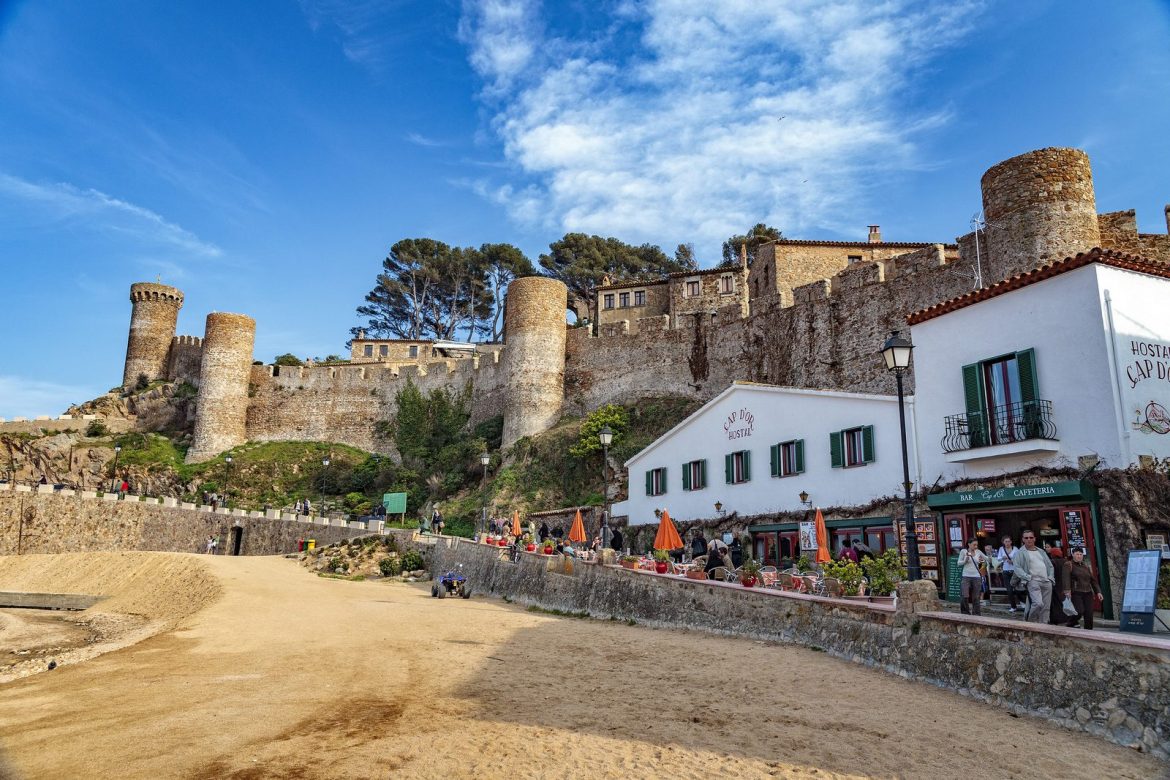

 Русский
Русский
 Français
Français
 Español
Español
 English
English
 Català
Català

